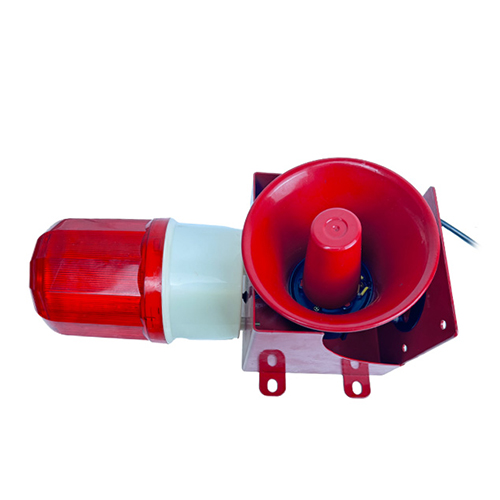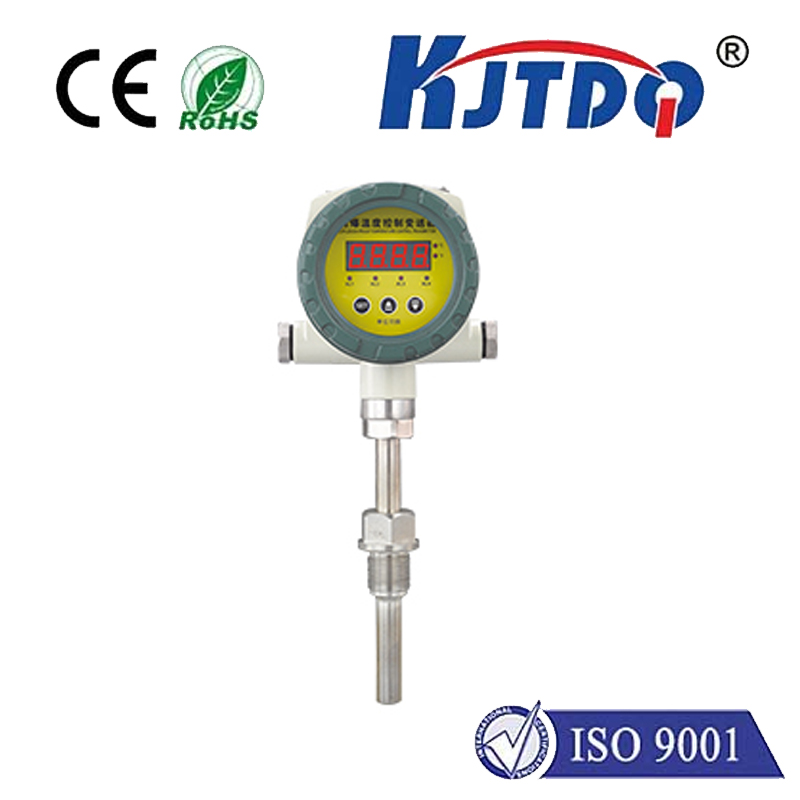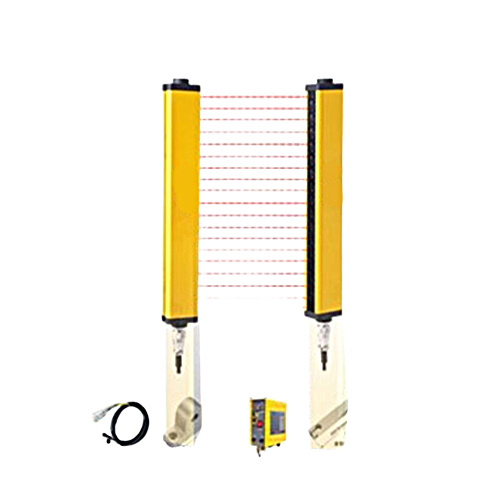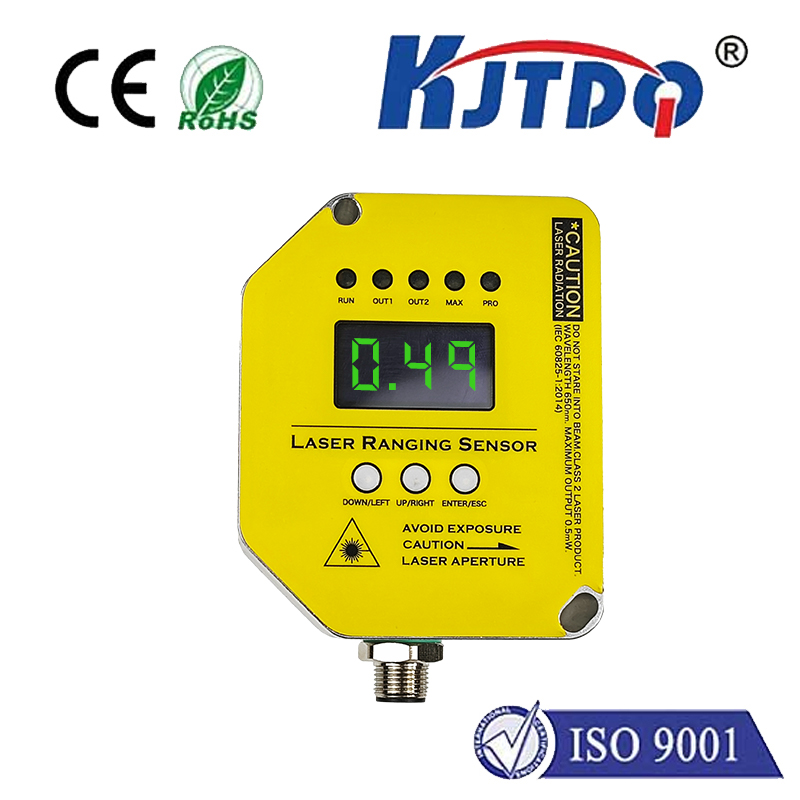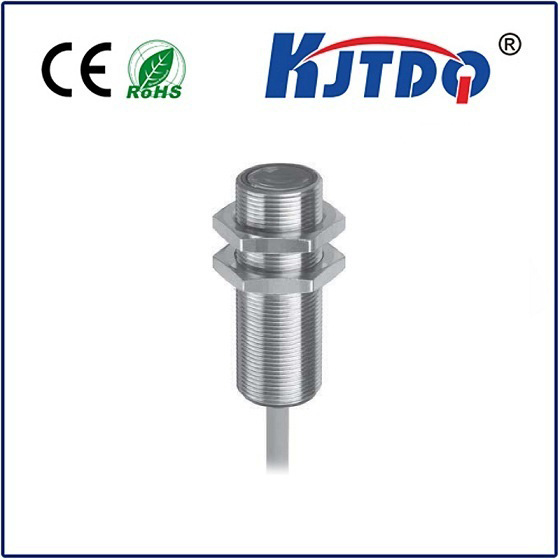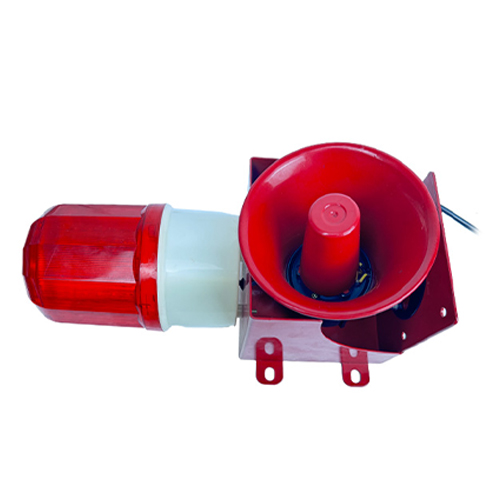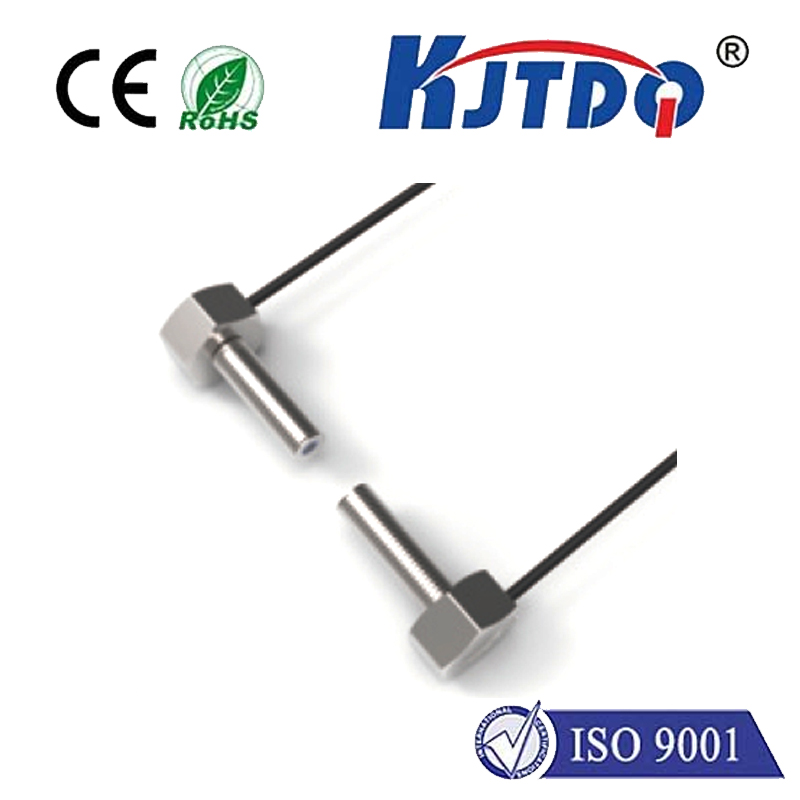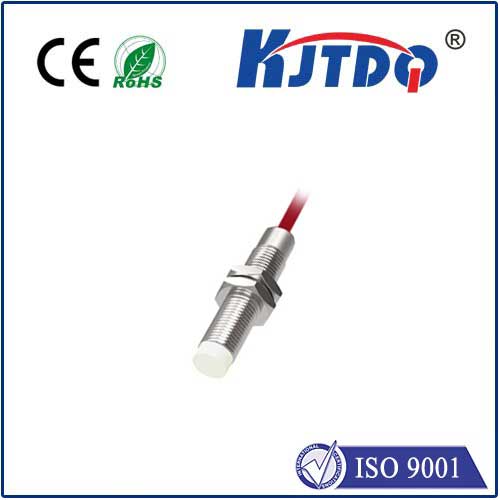

check

check

check

check
Conquering Tight Spots: How the E3FA-DN26 Small Photoelectric Sensor Revolutionizes Compact Automation
Imagine needing a reliable pair of “eyes” on your production line, but the space is so cramped traditional sensors simply won’t fit. Frustrating delays, compromised design, and potential downtime loom. This is precisely where the ingenuity of miniature components shines. Enter the E3FA-DN26 Small Photoelectric Sensor – a powerhouse of detection technology packed into an incredibly compact form factor, designed to overcome spatial constraints without sacrificing performance or reliability.
Photoelectric sensors form the backbone of countless automation tasks. They detect the presence, absence, or distance of objects using light, acting as critical triggers for machinery control, quality checks, and process monitoring. Traditionally, larger housings offered robustness but limited installation flexibility. The demand for miniaturization in modern machinery, robotics, and production cells has become paramount. Engineers constantly seek ways to integrate essential sensing functions into increasingly smaller footprints, paving the way for sleeker, denser, and more efficient automated systems.

The E3FA-DN26 stands out as a premier solution in this miniaturization trend. This diffuse-reflective sensor utilizes emitted light bouncing off a target to confirm its presence. While inherently more compact than through-beam variants requiring separate emitters and receivers, the E3FA-DN26 pushes the size envelope further. Its remarkably small housing allows effortless installation in locations previously deemed impossible for standard photoelectric sensors.
But small size doesn’t imply small performance. The E3FA-DN26 delivers robust functionality:
Where does this miniature marvel truly excel? The E3FA-DN26 Small Photoelectric Sensor finds its ideal niche in applications demanding precision detection within confined geometries:
Choosing the right photoelectric sensor involves balancing performance, environment, size, and connectivity. The E3FA-DN26 provides a compelling answer when compactness is non-negotiable, without forcing a compromise on essential features like sensing reliability, environmental protection, or operational robustness. Its diffuse-reflective principle simplifies installation compared to through-beam sensors, requiring only a single mounting point – a significant advantage in cramped spaces.
Integrating the E3FA-DN26 into your system is designed for simplicity. Standard M12 connectors facilitate quick wiring and replacement. Mounting options, typically leveraging its cylindrical shape with locknuts, offer flexibility even in restricted areas. Its rugged IP67 housing ensures long-term reliability once installed.
The relentless drive towards more compact, intelligent, and adaptable automation demands components that adapt. The E3FA-DN26 Small Photoelectric Sensor exemplifies this evolution. It transforms spatial limitations from a barrier into an opportunity, delivering dependable object detection performance where few sensors can physically fit. By enabling precise sensing within the tightest confines of machinery and production lines, this compact photoelectric sensor empowers engineers to design leaner, smarter, and ultimately more efficient automated solutions. It proves that powerful detection capabilities can indeed come in remarkably small packages.

